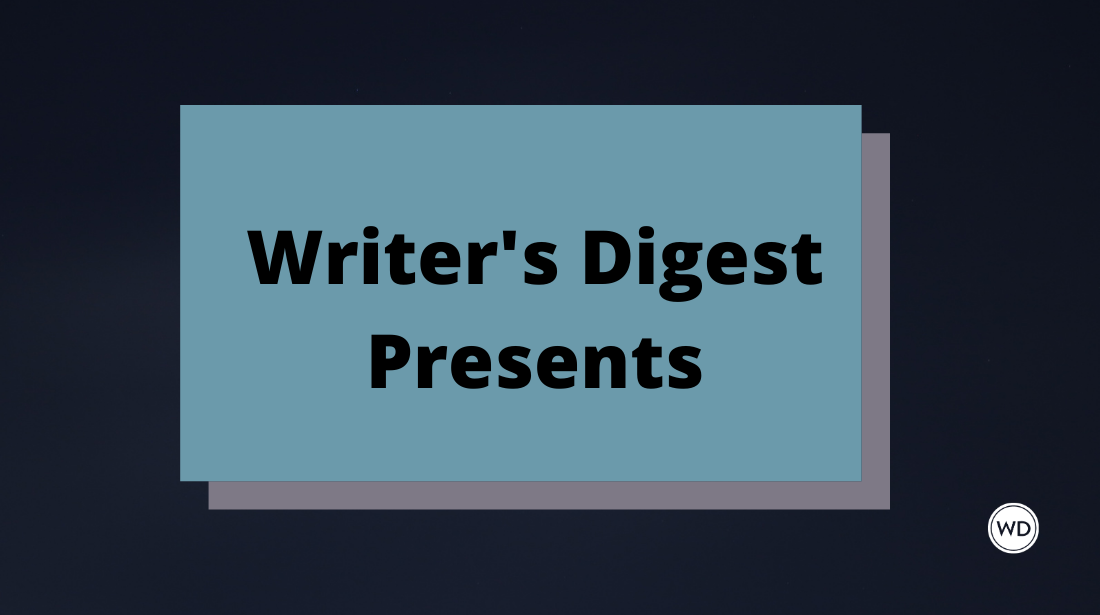BOOK REVIEW: The Citizen Kane Crash Course in Cinematography
Hey, screenwriters and filmmakers— Wanted to take a few moments to give you a fun book recommendation… a new book from cinematographer David Worth (Any Which Way You Can, Bloodsport,…
Hey, screenwriters and filmmakers—
Wanted to take a few moments to give you a fun book recommendation… a new book from cinematographer David Worth (Any Which Way You Can, Bloodsport, Kickboxer, Bronco Billy, etc.) called:
The Citizen Kane Crash Course in Cinematography: A Wildly Fictional Account of How Orson Welles Learned Everything About the Art of Cinematography in Half an Hour. Or, Was It a Weekend?(And yes, that’s actually the title. All of it.)
First of all, this has to be one of the oddest, quirkiest books on Hollywood I’ve ever read. And it’s terrific. Here’s the premise:
It’s basically a primer on cinematography, but it teaches its lessons by recreating a 1940 meeting between first-time movie-director Orson Welles and Oscar-winning DP Gregg Toland. According to legend, Toland was desperate to work with wunderkind Orson Welles on his upcoming shoot for Citizen Kane. So he convinced Welles he could teach him everything he needed to know about cinematography in less than an afternoon. Welles accepted… they had their “lesson”… and Welles hired Toland to shoot the movie.
Here’s where things get weird…
Worth’s book recreates that lesson, letting the reader become a fly on the wall, learning cinematography as Welles might have learned it from one of Hollywood’s greatest DP’s. BUT…
Rather than recreate the afternoon meeting as it may have actually happened, Worth stretches it into a fully fictionalized “orgiastic” weekend of Hollywood debauchery, sending Welles and Toland on drunken adventures across L.A., where they encounter movie-star-lookalike hookers, mobsters, illegal casinos, Pink’s hot dogs, and a host of other classic Hollywood landmarks and characters.
And—as bizarre as this sounds—the glue holding all this together is a wonderfully astute lesson on cinematography.
Sure, it’s a blast to watch Welles and Toland drink, eat, gamble, and bang their way across Hollywood, but the true strength of the book lies in how it teaches and explains the art of being a shooter. And this is why I’m recommending it.
The Citizen Kane Crash Course isn’t so much a how-to instructional for beginners… in fact, I think it might be confusing to those who have never shot a movie or spent time on set, because the book assumes the reader has SOME understanding of filmmaking technique.
What the book is great at is helping someone who has SOME filmmaking knowledge and experience learn the basics of cinematography. Or, perhaps more accurately, it helps them “organize” the random tidbits of cinematography knowledge already in their head.
For example, over the years, I’ve watched many TV shows being shot… and here at Reality Binge, I often go on shoots when the producer/director is shooting a skit I wrote. But whenever the lighting guy begins adjusting the lights… or the shooter begins setting up the camera… I find I’m able to tell SOME differences in lighting… or catch SOME oft-repeated terms or phrases… but I don’t REALLY know the mechanics of what’s going on. I find it fascinating to watch, but I don’t really KNOW.
That’s where The Citizen Kane Crash Course comes in… and makes it all crystal clear. The book doesn’t necessarily explain HOW to be a cinematographer—and again, I think it’d be hard to follow if you’ve never seen it done (and because it uses drawn sketches instead of photographs, which-- especially in the "lighting" section-- are probably less effective than photos)—but it makes sense of all the basic principles: mechanics of the camera, storyboards, lenses (you’ll love the “toes, twat, tits, and teeth” section), lighting (keys, kicks, fills, etc.), etc.
This makes it a fantastic book for all writers, PA’s, actors, casting people, runners, sound technicians, costume designers, etc… people who spend time on set and have an idea of what the DP and director are doing, but want to have a firmer grasp.
In short: it’s a cinematography-to-English dictionary, couched in a fun, sexy, easy-to-read Hollywood novella.
Anyway, that’s all for now, folks. I’m off to the L.A. BBQ Festival this weekend, where—if he were alive—I think Orson Welles would be more than happy to meet me…
Jane Friedman is a full-time entrepreneur (since 2014) and has 20 years of experience in the publishing industry. She is the co-founder of The Hot Sheet, the essential publishing industry newsletter for authors, and is the former publisher of Writer’s Digest. In addition to being a columnist with Publishers Weekly and a professor with The Great Courses, Jane maintains an award-winning blog for writers at JaneFriedman.com. Jane’s newest book is The Business of Being a Writer (University of Chicago Press, 2018).




